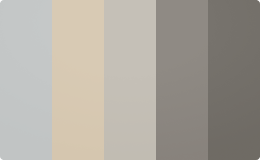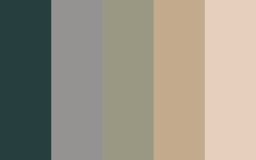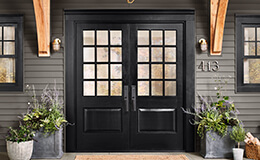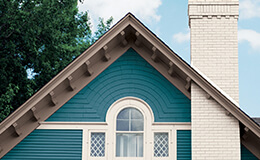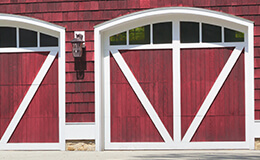Explore Paint Colors
Bring your interior or exterior project to life with stunning paint colors from Sherwin-Williams.
The Loneliest Color™
The Loneliest Color™
Looking for a paint color that’s unexpected? Express yourself with our least chosen, yet still striking shade.
Looking for a paint color that’s unexpected? Express yourself with our least chosen, yet still striking shade.
Confident & Daring
Pair with The Loneliest Color™
Get Inspired by Popular Colors & Color Collections
Color Visualizer
Color Visualizer
Upload a photo, then virtually paint your scene and compare colors side-by-side.
Upload a photo, then virtually paint your scene and compare colors side-by-side.
Get Personalized Recommendations from Sherwin-Williams Color Expert™
Get Personalized Recommendations from Sherwin-Williams Color Expert™
Our next-gen app lets you explore color collections, visualize colors in your space, order samples and more.
Our next-gen app lets you explore color collections, visualize colors in your space, order samples and more.
Start Your Project with These Helpful Guides
Try Colors on
Your Walls with
Color to Go®
Try Colors on Your Walls with Color To Go®
Experiment directly on your project surface and experience colors in your space with Color to Go paint samples.
Experiment directly on your project surface and experience colors in your space with Color to Go paint samples.
Visit Us in Store
Stop by your neighborhood Sherwin-Williams for project advice, color help and the best paint, tools and supplies.
Visit Us in Store
Stop by your neighborhood Sherwin-Williams for project advice, color help and the best paint, tools and supplies.
Explore Color | Find the Perfect Hue
Ready to find the perfect hue? Explore our interior and exterior paint colors by color family or curated color palettes to get inspired. We also offer easy-to-use tools and color samples to help you see which hues look best in your space. Whether you're painting your front door or adding an accent wall to your home office, we have all the color solutions to bring your vision to life.
Sherwin-Williams en español
Sherwin-Williams en español
Descubre todo lo que tenemos para ti y en tu idioma.
Descubre todo lo que tenemos para ti y en tu idioma.
















